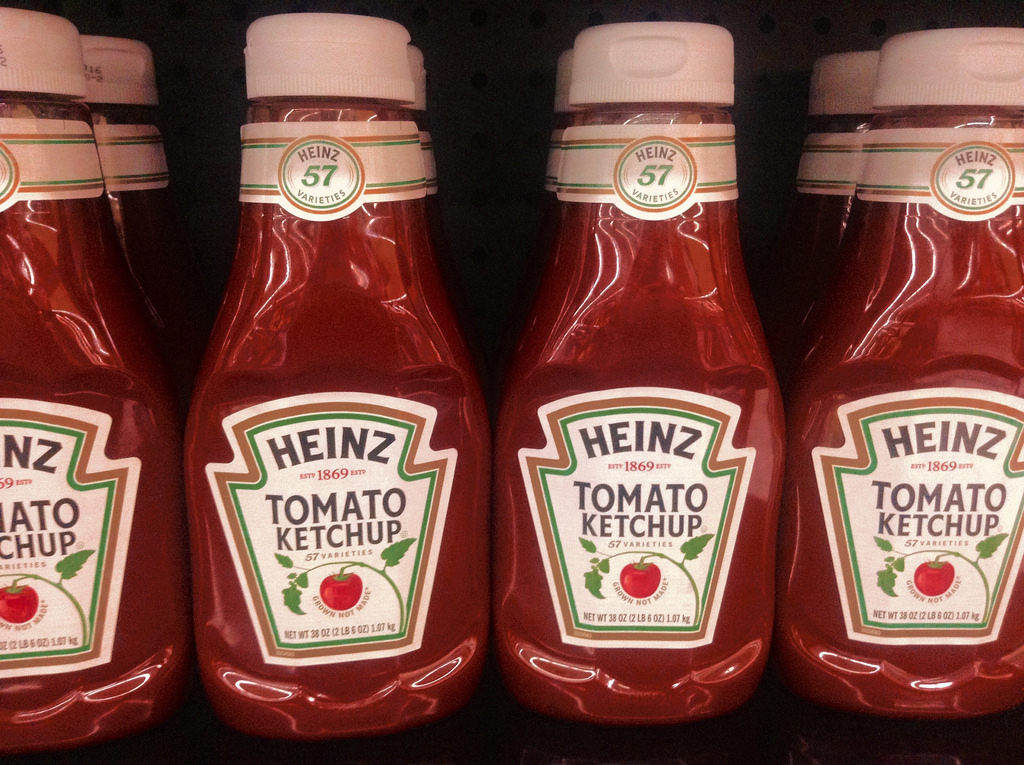During the product design process, you will need to determine what type of case you want to produce. One common type of case design is a “clamshell,” i.e. two case halves connected on one side by a hinge. A lower-cost alternative to a conventional pinned hinge is something called a living hinge. Like a pinned hinge, living hinges allow the two case halves to pivot from open (flat) to close. Unlike a traditional hinge, living hinge cases require no additional parts or assembly.
Living hinges are most commonly seen on disposable items, such as ketchup or shampoo bottles, but a properly designed living hinge is reliable for many years and millions of cycles. When molding a case with a living hinge, the top and bottom halves are created in the same mold with a thin layer of plastic between them. This thin layer of plastic becomes the “living hinge” and allows the case to pivot closed. The case halves are typically held closed by snap locks or a friction fit. We will go into advantages and disadvantages of snap locks in our next blog post.
Advantages and Limitations
The biggest advantage of a living hinge is eliminating assembly and thus lowering cost. Conventional hinges require a pin for the two case halves to pivot around. Living hinges remove this additional part and are ready to go right after ejection from the mold. Using a living hinge also typically reduces mold cost, since it eliminates the need for multiple cavities, gates, and runners.
One limitation of using a living hinge is your choice of material. Cases with living hinges must be made of softer, semi-flexible plastics, like polypropylene (PP) or polyethylene (PE). These materials have very high fatigue resistance, which allows them to be flexed millions of times without breaking. However, PP and PE have limitations when it comes to UV, chemical, and temperature exposure, so it is important to evaluate your product environment before choosing these materials.
Another limitation of living hinges is that they can be difficult to prototype. Traditional 3D- printed prototypes will crack when the case flexes to close. Machining a prototype out of polypropylene is typically impractical due to high cost and difficulty to machine the thin hinge feature. Another method is to 3D print the parts, then install a thin sheet of polypropylene on the hinge face to allow the material to flex.
Proper Design
When designing a living hinge, the hinge shape and design is critical if you want it to operate properly without breaking. At Pongratz Engineering, we’ve designed multiple cases with living hinges and follow best design practices to ensure you have the most robust living-hinge design possible. Pongratz Engineering has the expertise to help you determine if living hinges are right for your design; let us help you find your best solution.
NEXT UP: Case Joining Series: Sonic Welding
Related Posts:


